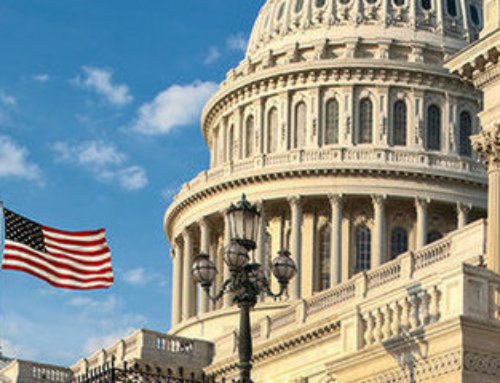A new information collection proposal by the Federal Aviation Administration (FAA), and a bill recently introduced in the U.S. House of Representatives, address the problem of sleep disruption caused by aircraft noise in communities near airports. Numerous studies suggest that aircraft noise can be disruptive to sleep, which can have negative implications for health and well-being.
FAA National Sleep Study
A Nov. 27 notice and request for comments indicates that the FAA plans to initiate a National Sleep Study to collect nationally representative information on the effects of aircraft noise on sleep. The study also would derive exposure-response relationships between aircraft noise and its effect on communities around U.S. civilian airports. This data will help the FAA determine if updates are needed to the national aviation noise policy. Comments must be submitted to the FAA by Jan. 27, 2020.
REST Act
On Nov. 14, U.S. Rep. Jackie Speier (D-CA) introduced H.R. 5106, the “Restore Everyone’s Sleep Tonight Act of 2019” — or the “REST Act.” The legislation would allow airports to impose an access restriction for aircraft between the hours of 10 p.m. and 7 a.m. The bill also would allow an airport to impose a noise deterrence penalty on an air carrier or aircraft operator for a violation of the access restriction. The bill would require airports to make some exceptions. For example, emergency flights or late flights caused by weather delays would still be allowed. The bill currently has 14 Democratic co-sponsors but no Republican co-sponsors.
Sleep Research
Numerous studies have examined the impact of aircraft noise on the sleep of residents living near airports. For example, survey results of a pilot study published in November show evidence of self-reported, adverse effects of aircraft noise on sleep among people living near Hartsfield–Jackson Atlanta International Airport. Similarly, another recent pilot study found that those living near Philadelphia International Airport reported poorer sleep quality and poorer health than a control group.
Resources
More information and resources about aircraft noise issues are available from the FAA. The Noise Quest website — sponsored by the FAA, NASA, and Transport Canada — provides additional resources for the public, including community tools and research updates. An online National Transportation Noise Map is available from the U.S. Department of Transportation’s Bureau of Transportation Statistics. According to the DOT, the map provides both national and county-level data about potential exposure to aviation and Interstate highway noise.
Read more advocacy news from the AASM.




